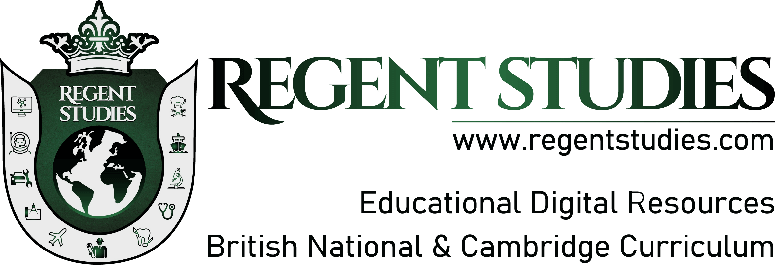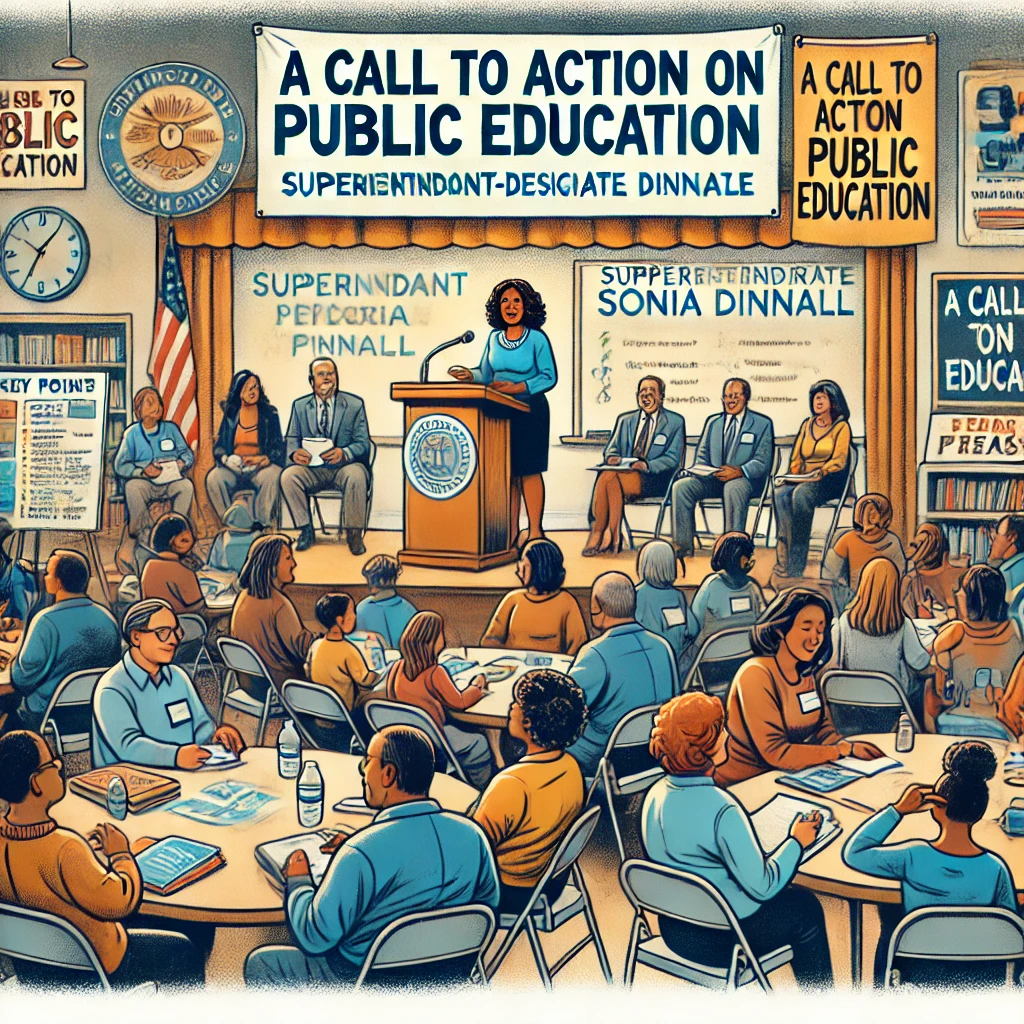A Call to Action on Public Education in Springfield
Public Education in Springfield faces numerous challenges that demand immediate and effective solutions. From inadequate funding to outdated facilities, the quality of education impacts the future of our children and community. This article highlights the critical issues surrounding Public Education in Springfield and calls for collective action to ensure every student receives the quality education they deserve.
Understanding the Current State of Public Education in Springfield
Funding Challenges
- Insufficient Funding: Public Education in Springfield struggles with insufficient funding. Schools lack the financial resources necessary to provide high-quality education.
- Budget Cuts: Recent budget cuts have further strained the education system, leading to larger class sizes and fewer resources.
- Impact on Students: The lack of funding directly affects students, limiting their access to essential learning materials and extracurricular activities.
Outdated Facilities
- Aging Infrastructure: Many schools in Springfield operate in outdated facilities that fail to meet modern educational standards.
- Maintenance Issues: Poor maintenance leads to deteriorating conditions, which can create unsafe learning environments.
- Need for Renovation: There is an urgent need to renovate and modernize school buildings to provide students with a conducive learning environment.
Addressing Teacher Shortages
Recruitment and Retention
- Attracting Talent: Public Education in Springfield faces a significant challenge in attracting and retaining qualified teachers. Competitive salaries and benefits are essential to draw in talented educators.
- Professional Development: Providing continuous professional development opportunities helps teachers stay updated with the latest educational practices and improve their teaching skills.
- Teacher Support: Supporting teachers through mentorship programs and collaborative environments fosters job satisfaction and reduces turnover rates.
Class Size and Student-Teacher Ratios
- Overcrowded Classrooms: Large class sizes hinder individualized attention and effective teaching. Reducing student-teacher ratios is crucial for improving education quality.
- Optimal Learning: Smaller class sizes enable teachers to focus on each student’s needs, providing personalized instruction and support.
Enhancing Curriculum and Learning Resources
Modernizing the Curriculum
- Relevance and Engagement: Updating the curriculum to reflect current knowledge and skills is vital. Incorporating technology and practical applications can make learning more relevant and engaging.
- STEM Education: Emphasizing STEM (Science, Technology, Engineering, and Mathematics) education prepares students for future careers in high-demand fields.
- Arts and Humanities: Balancing STEM education with arts and humanities fosters well-rounded development and creativity.
Access to Learning Resources
- Digital Divide: Ensuring all students have access to digital learning resources is essential. Bridging the digital divide by providing devices and internet access supports equitable education.
- Library and Media Centers: Well-equipped libraries and media centers enhance research skills and foster a love for reading.
Involving the Community
Parental Engagement
- Active Participation: Encouraging parental involvement in school activities and decision-making processes strengthens the education system.
- Communication: Regular communication between parents and teachers helps track student progress and address concerns promptly.
Community Partnerships
- Collaborative Efforts: Forming partnerships with local businesses, non-profits, and community organizations can provide additional resources and support for schools.
- Mentorship Programs: Community members can participate in mentorship programs, offering guidance and inspiration to students.
Advocating for Policy Changes
Legislative Support
- Education Policy: Advocating for policies that prioritize Public Education in Springfield ensures that education remains a top priority for lawmakers.
- Funding Allocation: Working towards equitable funding allocation helps distribute resources more fairly across all schools.
Grassroots Movements
- Community Advocacy: Grassroots movements can amplify the voices of concerned citizens, pushing for necessary reforms in the education system.
- Public Awareness: Raising public awareness about the challenges and needs of Public Education in Springfield fosters community support and action.
The Role of Technology in Public Education
Integrating Technology
- Digital Tools: Integrating digital tools and platforms into the classroom enhances learning experiences and prepares students for the digital age.
- E-Learning Opportunities: Offering e-learning opportunities allows for flexible and personalized education, accommodating diverse learning styles and needs.
Teacher Training
- Tech Proficiency: Providing teachers with training in digital tools and technology integration ensures they can effectively utilize these resources.
- Continuous Learning: Ongoing professional development in technology keeps educators abreast of new developments and best practices.
Conclusion: A Collective Effort for Public Education in Springfield
Improving Public Education in Springfield requires a collective effort from educators, parents, community members, and policymakers. By addressing funding challenges, modernizing facilities, supporting teachers, enhancing the curriculum, involving the community, and integrating technology, we can create a more equitable and effective education system. It is time to take action and invest in the future of our children, ensuring they receive the quality education they deserve.
External Link: For more information on advocating for public education, visit National Education Association.
Let’s unite and work together to transform Public Education in Springfield, providing every student with the opportunity to succeed and thrive.
To read more articles like this, visit: Regent Studies




